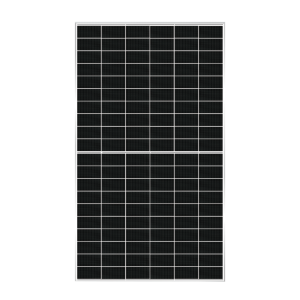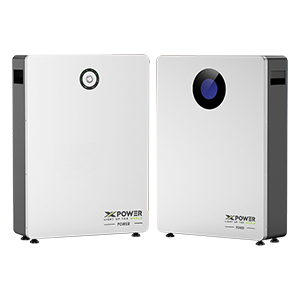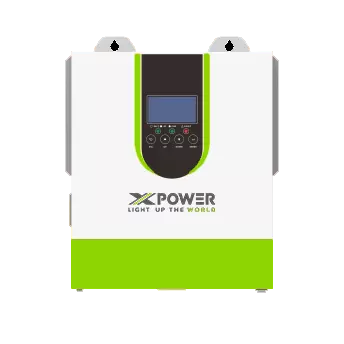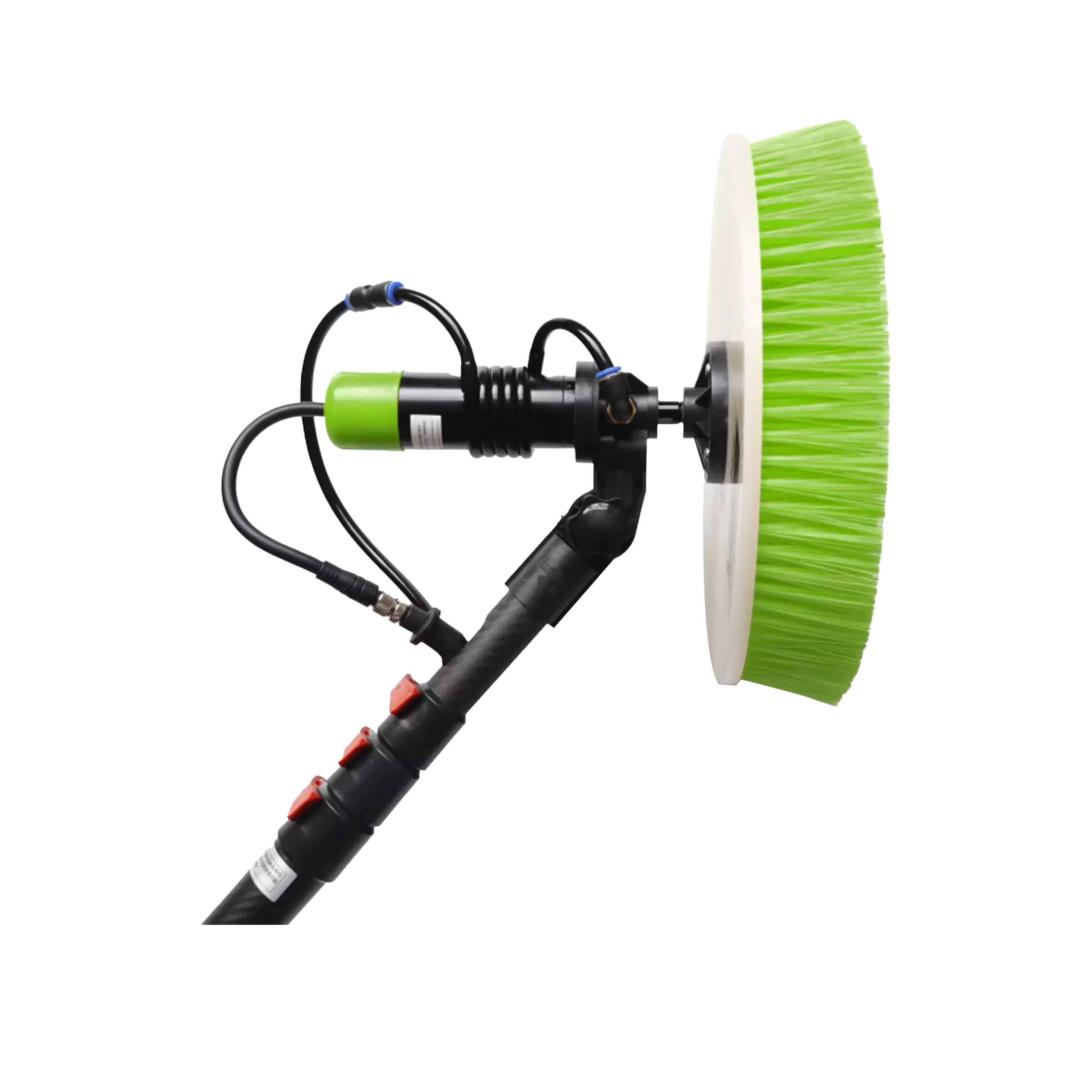How Many Solar Cells Are in a Module?
Time of Release : 2023-09-18
Introduction
Solar modules, commonly known as solar panels, are composed of interconnected solar cells. These modules play a crucial role in generating electricity from sunlight. In this article, we will delve into the composition of solar modules and discuss the factors that determine the number of solar cells within a module.
Section 1: Solar Module Basics
Solar modules are designed to capture sunlight and convert it into usable electrical energy. They consist of multiple solar cells, which are semiconductor devices responsible for directly converting sunlight into electricity. The cells are interconnected to form a circuit, enabling the flow of electric current. Solar modules also include a protective frame made of aluminum and a glass cover, ensuring durability and weather resistance.

Section 2: Factors Influencing Cell Count
The number of solar cells in a module can vary depending on several factors:
Size and Power Output: Larger modules generally contain more solar cells. This is because a higher number of cells can generate increased power output, providing greater energy production capabilities.
Efficiency: The efficiency of solar cells determines how effectively they convert sunlight into electricity. Higher efficiency cells produce more power, enabling manufacturers to use fewer cells to achieve the desired power output. Conversely, modules with lower efficiency cells may require more cells to achieve the same power output.
Application and Space Constraints: The intended application of the solar module plays a role in determining the number of cells. Residential installations may have space limitations, requiring smaller modules with fewer cells. In contrast, utility-scale projects often have ample space available, allowing for larger modules with a higher cell count.
Voltage and Current Requirements: To meet specific voltage and current requirements, manufacturers may adjust the configuration of solar cells within a module. Series connections increase the voltage output, while parallel connections enhance the current capacity. The desired voltage and current combination influences the total number of solar cells needed.
Section 3: Standard Module Configurations
Solar modules commonly used in the industry follow standard configurations. Typically, residential modules have 60 or 72 solar cells, while commercial and utility-scale modules can have 72 or more cells. These configurations are designed to optimize power output, balance cost-effectiveness, and ensure compatibility with existing installation and electrical systems.
Conclusion
The exact number of solar cells in a module depends on various factors, including module size, power output requirements, efficiency, available space, and voltage/current needs. Residential modules generally feature 60 or 72 cells, while commercial and utility-scale modules often have 72 or more cells. Manufacturers carefully determine the cell count to achieve optimal performance, maximize energy generation, and cater to specific application needs.





